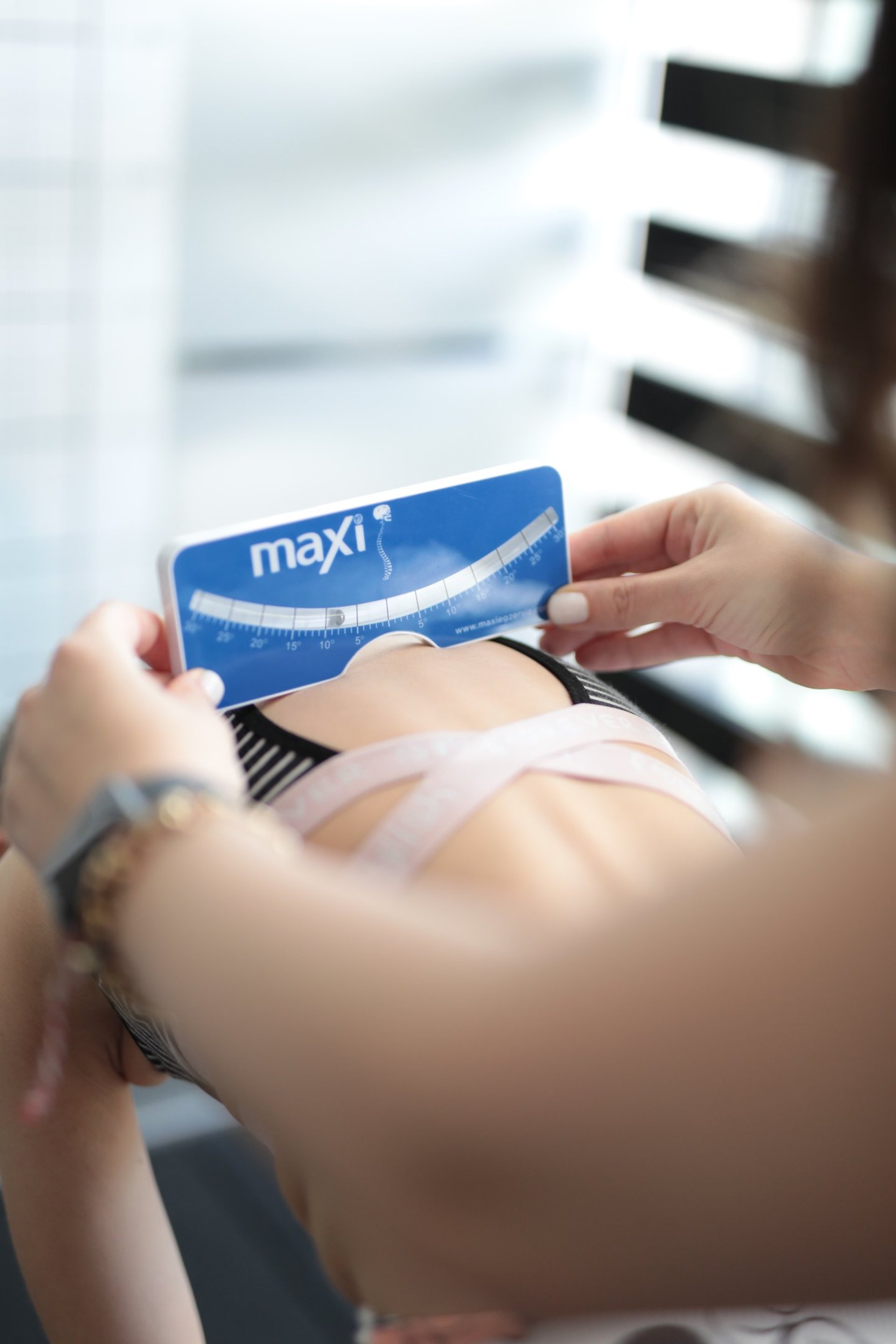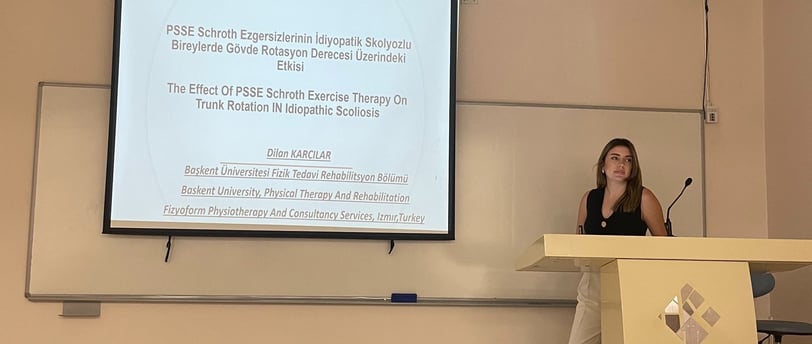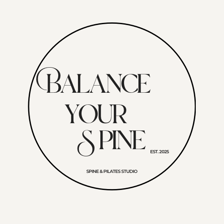
Effectivness Of PSSE Schroth Exercise Therapy In Trunk Rotation IN Adolescent Idiopathic Scoliosis
The aim of our study is to investigate whether the degree of trunk rotation can be reduced with PSSE Schroth Exercises for individuals with Adolescent Idiopathic scoliosis in a population at high risk of progression
DİLAN KARCILAR
5/8/2024


Title: Advancing Scoliosis Treatment with the Schroth Method: A Clinical Perspective
Scoliosis, a condition characterized by abnormal curvature of the spine, affects countless adolescents worldwide. In our recent study, we explored the impact of scoliosis-specific exercises, focusing on the Schroth method, and the role of noninvasive tools like the scoliometer in managing this condition. Here, we share our findings and insights into this innovative treatment approach.
Understanding the Study
Our research was conducted with 15 adolescents diagnosed with adolescent idiopathic scoliosis (AIS). The study spanned 24 weeks, during which participants performed exercises based on the Physiotherapeutic Scoliosis-Specific Exercises (PSSE) Schroth method. These exercises, conducted under supervision once a week and supplemented with home practice, aimed to improve spinal alignment, trunk rotation, and overall quality of life.
Physical Examination and Tools
A thorough physical examination was key to our study, focusing on:
Curve patterns
Shoulder levels
Waist asymmetry
We utilized the Adams Forward Bend Test in conjunction with a scoliometer, a simple yet reliable tool for measuring the angle of trunk rotation (ATR). The scoliometer’s ability to detect asymmetry and track changes over time proved invaluable in reducing reliance on radiographic imaging.
Key Findings
Significant Improvements
Trunk Rotation: Participants showed a significant decrease in ATR, with values dropping from 8.0° (range 5.0°–15.0°) to 5.0° (range 3.0°–9.0°) after 24 sessions (p ≤ 0.001).
Subjective Outcomes: Improvements were observed in waist asymmetry, weight distribution, spinal mobility, pain perception, and quality of life (p = 0.009).
Overall Function and Mental Health: Adolescents reported better body image perception, aesthetics, and mental health.
Reliability of Scoliometer
Our study confirmed that scoliometer measurements are reliable across all thoracic and lumbar vertebral levels. This reliability enables clinicians to estimate Cobb angles and monitor scoliosis progression without excessive exposure to ionizing radiation.
The Role of the Schroth Method
The Schroth method emphasizes self-correction of spinal alignment using specific positioning and mirror feedback. By maintaining the longest possible spine position, patients actively participate in their treatment, achieving better posture and symmetry. This active involvement fosters not only physical improvements but also psychological empowerment.
Implications for Clinical Practice
Noninvasive Monitoring: The correlation between scoliometer measurements and Cobb angles highlights the potential for reducing radiographic imaging in clinical follow-ups.
Comprehensive Treatment: Combining subjective assessments with objective measurements ensures holistic care.
Skill Development: Effective use of the scoliometer requires well-trained physical therapists, emphasizing the need for specialized training.
Future Directions
While our findings are promising, further research is needed to validate the scoliometer’s efficacy in tracking scoliosis progression across different magnitudes and treatment durations. Such studies could cement its role not only as a screening tool but also as a reliable method for monitoring treatment effectiveness.
Conclusion
Our study underscores the effectiveness of the Schroth method in managing scoliosis. By integrating noninvasive tools like the scoliometer and emphasizing patient engagement, we can enhance treatment outcomes and quality of life for adolescents with scoliosis. This approach represents a significant step forward in scoliosis care, offering hope for a brighter, healthier future.


